|
Cue the celebration emoji—the scale is moving in the direction you want it to! But...then you start to notice that your hair is falling out. Like, a lot of it. WTH? Before you panic and assume you’re going bald, know this: What you're going through is completely normal. “We know that, clinically and anecdotally, hair loss is associated with rapid weight loss or weight loss associated with stress,” says Ken L. Williams Jr., D.O., a hair-restoration specialist, surgeon, and author of Hair Transplant 360 – Follicular Unit Extraction. In other not-fair news, the more weight you lose, the more likely you are to experience some form of hair loss, says Beth Warren, R.D.N., founder of Beth Warren Nutrition and author of Living a Real Life with Real Food. It all comes down to ~nutrients~, says Fatima Cody Stanford, M.D., M.P.H., an obesity medicine physician at Massachusetts General Hospital. People often don’t take in enough protein when they lose weight, she explains. And, when you don’t get enough protein, your body has to decide where to send the protein it does have. Given that your hair isn’t crucial to your survival, it gets the leftovers, Stanford says—and that can lead to hair loss.
Ready for the good news? This is temporary. “When people stop losing weight, the hair loss usually resolves itself,” Warren says. If you’re planning to lose a lot of weight and want to minimize the...er...fallout, try keeping tabs on how much protein you’re getting, and aim to get your recommended daily amount—that would be 46 grams. It’s also a good idea to try to get some zinc in your diet, Stanford says, since it's a key mineral for hair growth (as well as skin and nail growth). You can get it by eating:
You may also want to take a zinc supplement to be totally sure you’re getting enough, says Stanford. (Just check in with your doctor first, which is a must before taking any kind of supplement.) If you do start to lose your hair, despite your best efforts, and it’s bothering you, Williams recommends taking a biotin supplement or even a prenatal vitamin, both of which have a lot of extra vitamins your body probably is probably craving right now. You can also try monoxidil (a.k.a. Rogaine), which stimulates hair growth, he says. And in the meantime, repeat after me: "This is not permanent." This article first appeared on Women's Health The sun can leave hair dry, brittle and discoloured. Here’s how to fix it
We all know the damage the sun can do to exposed skin, but experts say it can also affect our hair. “If your hair is exposed to the sun for long periods of time, UVA and UVB rays can start to damage the outer layer of the hair called cuticle,” said hair stylist and colourist Frederic Bataclan of Loft Hair Lounge in Toronto. “The sun is very natural but it can make your hair very dry. Too much of one thing can be bad for you.” The Cleveland Clinic adds the sun’s rays basically act like bleach. “Bleach reacts with the melanin in hair and removes the colour in an irreversible chemical reaction. Bleach also damages the hair’s cuticle and protein, which is called keratin,” dermatologist Dr. Wilma Bergfeld said. Signs for hair types The most common signs of sun damage include discolouration of your ends, as well as your overall hair colour getting lighter (even if you don’t have dye in it). People may also have dry, brittle, overly-tangled, broken or whispy ends. “And lots of frizz,” he explained. “Sun-damaged hair also won’t hold the style as long and dries a lot quicker than healthy hair.” He adds people who have lightened hair (either through highlights, balayage or ombre), will experience the most sun damage. “They will find their toners don’t last as long due to the sun,” he continued. For people who have blond colour, the sun can turn it golden or brassy. For people with “fashion” colours like red, green, blue or multicolours, their hair will fade a lot faster in the summer. “People who have brunette hair will find their hair looks quite dull.” If you have fine hair, Bataclan said your hair will be flat and lifeless during the summer, and people with thin hair may experience irritated scalps or even a sunburn. “If left untreated, the hair will slowly break off due to dryness,” he adds. “The hair will be very tangled and unmanageable.” He adds people who don’t treat sun-damaged hair are often forced to cut it off until it grows back into a healthy state. “People with already thinning hair will accelerate the process of thinning.” How to treat sun damaged hair To start, Bataclan recommends a liquid keratin treatment. “It helps revitalize and protect your hair from the sun and lasts for up to four months.” You can also use serums that have jojoba oil or hair products that already have SPF in them. “Lastly, try to put a mask once a week during the summer. It will help to add moisture back into the hair that you’ve lost from the long exposure from the sun.” There are also products, like primers, that come with UV protectors — this can also help with taming frizz and detangling dry hair. Bergfeld said you should also avoid hot irons, rollers or chlorinated water in swimming pools. “If you bleach or highlight your hair, you’ve damaged the hair already,” Bergfeld explained. “To add to that by swimming in a chlorinated pool, or sitting out in the sun, you’re going to have very significant hair breakage.” Bataclan also recommends wearing a hat, and Bergfeld adds avoid peak sun hours just like you would do for your skin. This article appeared on Global News There’s good breakage (coffee breaks, tax breaks) and bad (heartbreak’s just never pleasant). For better or worse, most breaks are a part of life. But the hair kind? That doesn’t need to be.
1. Think in twos. Peanut butter and jelly, Batman and Robin, oils and silicones — one of these duos is less famous than the others, but oils and silicones are a perfect one-two punch for treating breakage, especially on curly hair. “Curly hair is so prone to breakage and damage because each strand becomes weaker at the pinch points where the hair twists,” says cosmetic chemist Kelly Dobos. Adding moisture always helps, but hair masks and deep conditioners with natural oils and silicones fully coat and protect each fiber. “These ingredients work well in combination because silicones spread quickly to smooth down flyaways, while the oils take longer to penetrate and strengthen hair. It’s a perfect mix for a mask,” says Dobos, who likes Aveda Damage Remedy Intensive Restructuring Treatment and Neutrogena Triple Moisture Deep Recovery Hair Mask. 2. Bulk up. Your hair is made of protein (keratin), so the more keratin you put back onto your hair, the stronger it will be. Look for leave-in conditioners and masks with hydrolyzed keratin, which subs for damaged natural proteins in your hair, says cosmetic chemist Ni’Kita Wilson. (Try Briogeo Don’t Despair, Repair Deep Conditioning Mask.) Products with wheat protein fill in the little gaps in weakened strands, and baobab protein fortifies the hair while conditioning. (Try Sexy Hair Tri-Wheat Leave In Conditioneror Moroccanoil Mending Infusion.) Small saturated fatty acids (aka oils) have the ability to penetrate each strand to add and retain moisture, says Neil Sadick, a dermatologist in New York City, who likes coconut, palm, argan, and avocado oils for preventing breakage. (Try Garnier Fructis Damage Repairing 1 Minute Hair Mask or Nunzio Saviano The Cream.) 3. Don't Stress. In clinical research, Sadick found that stress can really damage your hair. Everything from final exams or a big moving day to grieving a loss can lead to micro-inflammation of hair follicles that makes hair weaker as it grows out and even causes you to shed more than usual. “Increased levels of stress hormones — mainly cortisol — disrupt the hair cycle,” says Sadick. A study from Carnegie Mellon University showed that just 20 minutes of mindful meditation for 14 consecutive days can lower your cortisol levels during stressful times. And speaking of hormones, when you’re about to start your period, your hair becomes less resilient: “The changes in your hormones can thin new hair, and thinner hair is more prone to breaking,” says Daliah Wachs, a family practitioner in Las Vegas. “Try to avoid tight hair ties, like elastics, that week, which could put extra stress on the hair.” 4. Tuck it in. It takes a while to rehab damaged hair, but you can disguise it in the meantime. Naté Bova, a hairstylist at Warren Tricomi Salon in New York City, recommends working on your braiding skills: “You can hide breakage on the length of your hair by tucking it into a loose braid, or you can use a crown braid to disguise broken ends along the hairline.” If braids aren’t your style, hairstylist Vernon François recommends something much simpler. “A great way to disguise breakage is by pulling hair into a ponytail or bun,” he says. Smooth your hair back with a hydrating styling cream to get broken hairs and flyaways fully in check while giving your hair a dose of the hydration it needs. “It works for all hair textures, and it’s a clean, classic look with minimal effort,” he says. (Try Vernon François Styling Cream.) 5. Cover the damage. When you wear your hair down, “lightly pat a hair oil with silicones over problematic areas to weigh down flyaways,” says Xavier Velasquez, a hairstylist at Serge Normant at John Frieda Salon in New York City. (Try Ouai Hair Oil.) “Use your fingers or comb it on with a toothbrush, like hairstylists use backstage.” (It’s the perfect size for targeting frizz and flyaways.) Breakage tends to be less noticeable on curly hair because the broken ends can get hidden in the coils — “lightly diffuse hairspray all over by spraying it from arm’s length away to set the breakage into your curl pattern,” says Velasquez. (Choose an alcohol-free formula, like Herbal Essences Flexible Airspray Alcohol-Free Hairspray.) Changing up your usual part also covers breakage on the top, adds Bova. 6. Take a risk. Cut it all off. Stay with us here: There’s no better way to get your hair back to square one than starting totally fresh. Bova says she especially likes this idea for people trying to grow out relaxer. “Have an adventure. Post a video of yourself on social media cutting all your relaxed hair off inch by inch. I’ve seen so many of these online, and it’s just so liberating,” she says. “You can grow it out and cut an inch of the damage off every three months, but you’ll need blowouts or braids in the meantime to hide it, and those things create their own damage.” You can also get extensions — “fake hair is great because you can blow-dry it, curl it, and it doesn’t matter.” 7. Institute a cooling-off period. There are plenty of ways to style your hair without burning it into submission. “A good way to avoid over-blow-drying is to rough-dry your hair first to get a good amount of the moisture out and then smooth it with a boar-bristle brush,” says Rachel Bodt, a colorist in New York City. Be extra careful around your hairline: “The hairs there are so baby fine, you need to tread lightly with heat or they’ll continuously break,” says Velasquez. “A lot of women don’t use the nozzle attachment, but if you do, you can switch your blow-dryer to the low setting and still smooth your hairline — and the rest of your hair — without full heat.” Hairstylist Lacy Redway recommends cooling it on the hot tools once in a while. Cutting your hot-styling sessions down to twice a week can really help, and going cold turkey for a couple of months gives new hair a chance to grow in stronger. “You can always use braids or bendy rods to give damp or dry hair texture with- out heat,” says Redway. Or twist damp hair into a bun before bed to defrizz curls or give straight hair a soft bend overnight, says Bova. “Secure it with bobby pins instead of a hair tie to avoid getting a crease.” 8. Steal a colorist's rehab plan. If you need to get scared straight, talk to a reformed bleach addict, like Bodt. Going from super dark brown to brunette with blonde highlights made her hair weak, for sure, but the extra strain from styling tools is what did her hair in. “I snapped my whole hairline off by styling the front pieces excessively. I was blow-drying way too much and never used a barrier between the heat and my colored hair,” says Bodt. Once the hair broke off, she took a break from heat styling and coloring for a month or so. “Then I started shampooing my hair just two or three times a week so I would have to blow-dry less often,” she says. She installed the T3 Source Showerhead — it filters out hard-water minerals that make hair less pliable — and started using R + Co Acid Wash ACV Cleansing Rinse, an apple cider vinegar rinse that gets rid of mineral buildup, every two weeks. “I noticed an immediate difference in the texture, color, and overall health of my hair. It used to get darker and more brassy as time went on, which was making me bleach and color it more.” Nowadays, Bodt uses heat protectants, like Kérastase Nutritive Nectar Thermique or R + Co One Prep Spray. And when she colors her hair, she uses a bonding treatment, like Olaplex, to make the dye gentler. “It locks in moisture and strengthens hair so it doesn’t break,” she says. This first appeared on Allure As the lines between haircare and skincare become ever blended, we started to second-guess our routine. Should we be treating our hair, namely our scalp, more like an extension of our facial skin? To find out if we should be switching it up for more perfect locks, we consulted the pros—including a board certified dermatologist. Here’s the full story on whether your hair game could borrow from your skin game, and what that means for your morning regimen.
According to Dr. Nancy Samolitis, board certified dermatologist; co-founder and medical director of FACILE dermatology + boutique, yes, you should definitely be incorporating skincare products into your haircare routine. “This is a very important topic that is not commonly discussed,” she says. “Although there are many products available for the hair itself (cleansing, conditioning and styling), most of them are not designed to treat the scalp. This is where the hair is born and keeping this skin healthy will promote healthy hair growth from the start.” The Skin Story This skin on your head (aka the scalp) has its own special set of needs that are often neglected. “The dermal layer in the scalp is very thick due to the density of hair follicles,” explains Dr. Samolitis. “These follicles are each associated with groups of oil glands, so some people may experience oily scalp even when they don’t have oily skin in other places. “Think of the scalp as the bedrock for the follicles and consider the scalp the way you think of your face, after all, scalp is skin and an extension of our face,” explains Liz Phillips, a trichologist at the Philip Kingsley NY clinic. “Consider all the processes and nourishing ingredients applied to our face, why not our scalp?” she stresses. “Our scalp has a very important function, it is responsible for housing our hair follicles, and need I say more! The benefits of attending to scalp care are two-fold.” Your hair is influenced by many variables—and a big factor in this equation is the health of the scalp. The scalp is also highly prone to skin conditions that result in itching, redness, and flaking such as seborrheic dermatitis and psoriasis. Not only that, but if you feel like you might be getting a pimple on your scalp, you aren’t imagining things. “The scalp is prone to a unique type of acne, known as folliculitis,” says Dr. Samolitis. There is also types of hair loss (or alopecia) that can affect not the scalp as well as eyelashes and eyebrows.” Ultimately, if you experience these symptoms, it’s best to pay a visit to a board-certified dermatologist who can diagnose and prescribe the proper skin care treatments for the scalp. Skincare <3 Haircare If you are experiencing a specific scalp condition, turn to anti-inflammatory shampoos, creams, and medicated products, which will reduce scalp flaking or stimulate hair growth, advises Dr. Samolitis. In general, she advocates for treating and protecting the scalp as we would the skin on our face. “I am a believer in using a combination of hydrating and anti-aging serums on the scalp daily, similar to how we treat the skin on our face. In someone with healthy hair, this daily skincare will prevent damage from the sun and environment, which can cause thinning, brittle, and graying hair.” And you don’t need to look any further than your skincare cabinet for the remedy. “There are several products designed for skincare that are safe and easy to use on the scalp,” she adds. “For my personal use, I blend a few drops of Facile Roots serum, Facile Easy C, and NIA24 treatment catalyst. This creates a cocktail of antioxidants, hair growth stimulators, and niacinamide oil, which is hydrating and reduces inflammation. It is not greasy and can be used on wet or dry hair.” Dr. Samolitis is also an advocate for supplements with anti-aging and anti-inflammatory properties, which can enhance topical products. If you need to reach for one, cross-functional product, make it a serum. “A serum or light oil formulation is usually the most cosmetically elegant since it won’t affect the hair styling products,” explains Dr. Samolitis who recommends daily application. However, a treatment shampoo needed for itching/flaking scalp can be used 2-3 days a week; one of her personal faves is Sachajuan Scalp Shampoo: $28. She also recommends the Ouai prods for hair health maintenance. An advanced skincare regime targeted for your scalp can provide much more than just shampoo. “Shampoo is washed away, so it doesn’t always have as much of a lasting effect as a topical skincare product that is left on,” she explains. This is also because sometimes you just can’t wash every day—and who doesn’t have an arsenal of dry shampoo, for the skip the wash, days. Dr. Samolitis wants to remind you that even if you are experiencing any scalp issues, nothing is hopeless! “A board-certified dermatologist can do a thorough examination including history, medications, diet, blood tests, and maybe even a small biopsy to determine the cause of the problem and help to find a solution. There are even treatments that we can perform in the office such as PRP injections to stimulate hair growth,” she suggests. The more care you put into your scalp and hair, the better your outcome. “Using products that add moisture to the skin is a super effective way to ensure that the scalp environment stays healthy and hydrated,” adds Liz. It’s official—we will be migrating our skincare north for a more balanced scalp! Want a healthier scalp? Your how-to is HERE. This article appeared on Mane Addicts 8/17/2018 0 Comments 9 Reasons Hair is BreakingChopping off all your hair is not the only solution to remedy hair breakage – trust us. Though we’re sure you’d rock that super short pixie, we’re sharing nine reasons hair is breaking that you might want to consider before taking that leap.
So, let’s end the split end cycle, shall we? Disclosure: there are some products we feel so strongly about, that we can’t help but promote them with affiliate links. This blog post contains some of those fantastic products, and we may receive a small monetary compensation – at no extra cost to you – if you decide to check out these products we love. Lack of Moisture There is reason conditioner is a part of everyone’s hair routines, but it is extremely common to lack moisture in your strands, whether that be from excessive heat, treatments, or a number of other reasons. Using a moisturizing shampoo and conditioner is a great start, but spritzing a bit of leave-in moisturizer does wonders, too. We love It’s a Ten. Too Much Heat This one is obvious. If applying heat to your hair is part of your routine, don’t sweat it. But applying it too often is where you find trouble. Excessive heat from a blow dryer, flat iron, or curling iron will cause hair to weaken and split – especially on the ends and in the front where hair is often overworked. A good rule of thumb is to limit heat application to a few times a week (you can rock second-day hair or a pony on the other days) and be sure to use a heat protectant spray to prevent damage. Side note, stay under 400 degrees on your styling tools to be safe. Not Getting a Trim Who has avoided getting a haircut in hopes of growing a long, lustrous mane? Us, too! But the rumors are true – skipping your routine haircut will do more harm than good. The split ends and hair breakage isn’t worth it, so make sure to get a trim every four to six weeks. Lack of Protein If you are lacking protein in your diet, it will show in your hair. Since protein makes up your strands, it builds strong, healthy hair. When you do not have enough of it, your hair is likely to break. Improving your diet will surely help, but there are protein-rich products to supplement your what you are eating, like CHI Keratin Mist. Color or Chemical Treatments There is nothing healthy about treating your hair with dye or other chemical treatments like relaxing or perms. They take a toll on your hair, causing breakage and split ends and can have long-lasting negative effects when precautions are not taken. If you think about it, going blonde literally strips the pigment from your hair, and chemically straightening your hair may give your strands the fried look. However, there are solutions out there to minimize the breakage. Our best suggestion when treating hair is to not do it often, invest in high-quality product, and schedule regular trims to keep ends from splitting. Wearing Updos (All the Time) Going for an updo may be convenient and cute, but styling your hair in a pony, braids, or a tight bun does more harm than good. Pulling the hair back weakens strands and causes breakage, especially near the hairline. If you are going to pull it back, it is best to let your hair down after a few hours. Summer and Sun Summertime is when stress melts away – except on your hair. From hours under the sun to soaking in the chlorine-rich pool, your hair becomes dry and weak, making it more likely to experience breakage. Using a leave-in treatment regularly in the summer and the colder the months to follow helps re-moisturize and strengthen dried-out strands. Mishandling Wet Hair Wet hair is more susceptible to breakage than dry hair, but it is often when it’s wet that it is yanked at, pulled at, and twisted the most. To avoid damaging hair when it is wet, only use a wide tooth comb, and do it gently. However, if you can wait until hair is mostly dry to run a brush or comb through it, that’s your best bet. Breakage also comes from throwing your hair up in a towel or wringing it out. It’s not as harmful to pat it dry. Washing too Often This is an ongoing battle for those of us with oily hair. It feels just wrong to go more than a day without shampooing, but it can actually cause breakage when you wash your hair too often, especially with the qualities of most shampoos. They tend to remove natural oils from your strands, which tells your scalp to produce more of those oils. You do not have worry about looking like a grease-ball in between washes, though. Try using a dry shampoo to soak up oils and volumize flat, oily hair. We swear by Batiste Strength and Shine. By now, you’re probably convinced to chop off those split ends and get a trim. This article first appeared on Hairstyle on Point |
Hair by BrianMy name is Brian and I help people confidently take on the world. CategoriesAll Advice Announcement Awards Balayage Barbering Beach Waves Beauty News Book Now Brazilian Treatment Clients Cool Facts COVID 19 Health COVID 19 Update Curlies EGift Card Films Follically Challenged Gossip Grooming Hair Care Haircolor Haircut Hair Facts Hair History Hair Loss Hair Styling Hair Tips Hair Tools Health Health And Safety Healthy Hair Highlights Holidays Humor Mens Hair Men's Long Hair Newsletter Ombre Policies Procedures Press Release Previous Blog Privacy Policy Product Knowledge Product Reviews Promotions Read Your Labels Recommendations Reviews Scalp Health Science Services Smoothing Treatments Social Media Summer Hair Tips Textured Hair Thinning Hair Travel Tips Trending Wellness Womens Hair Archives
June 2025
|
|
Hey...
Your Mom Called! Book today! |
Sunday: 11am-5pm
Monday: 11am-6pm Tuesday: 10am - 6pm Wednesday: 10am - 6pm Thursday: By Appointment Friday: By Appointment Saturday: By Appointment |
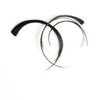
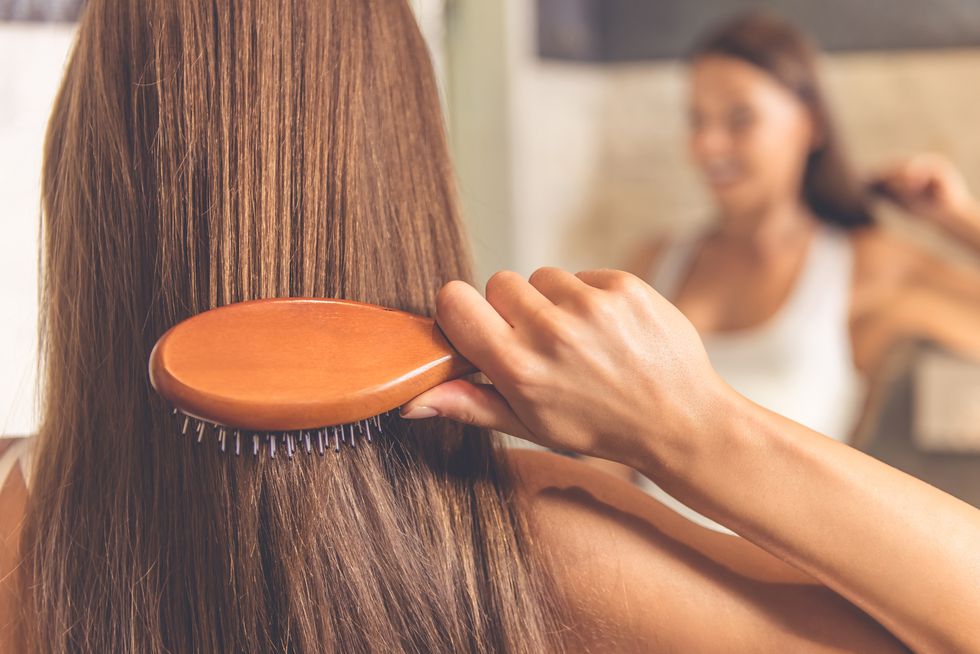
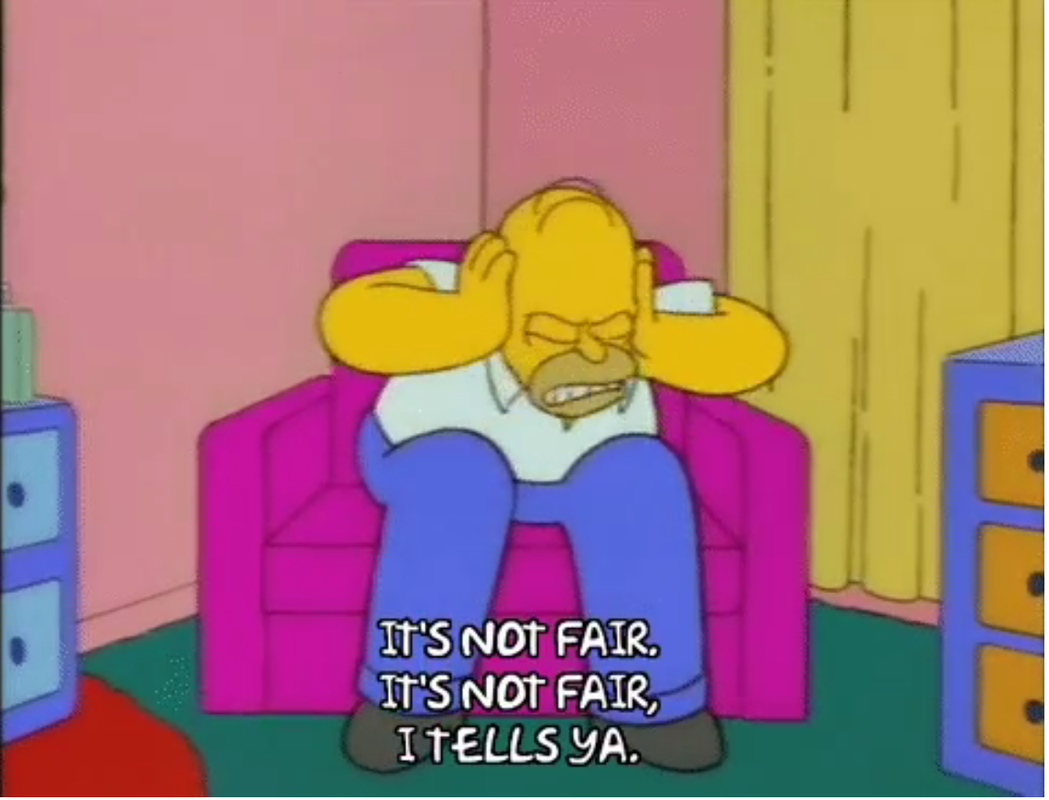

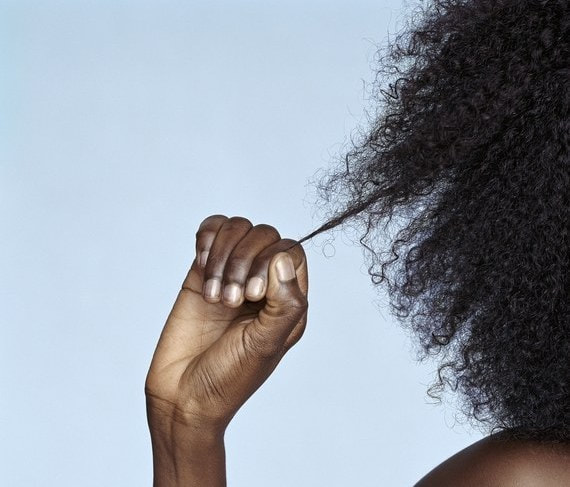
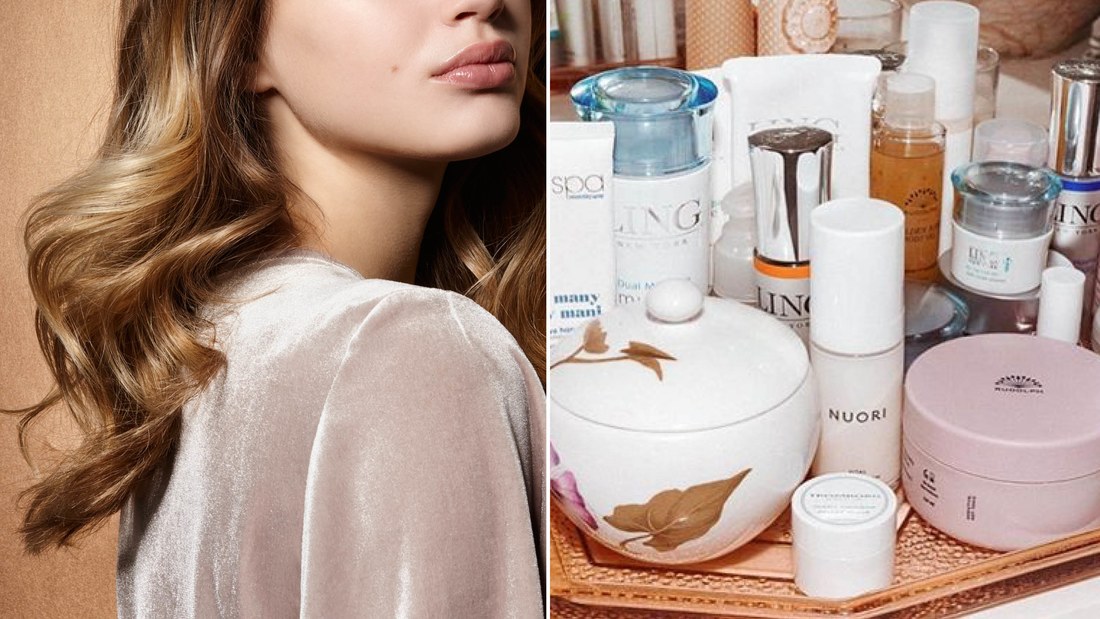

 RSS Feed
RSS Feed